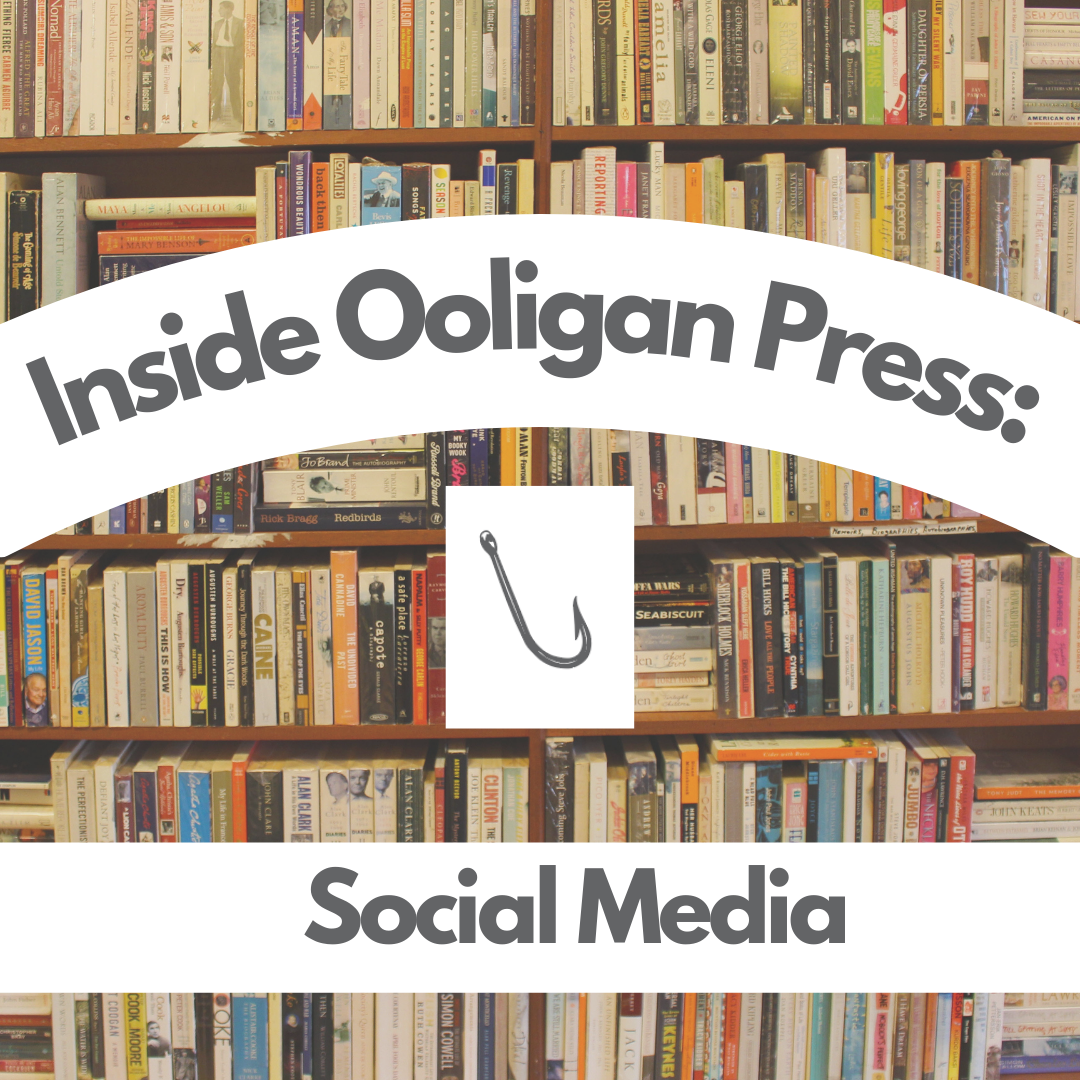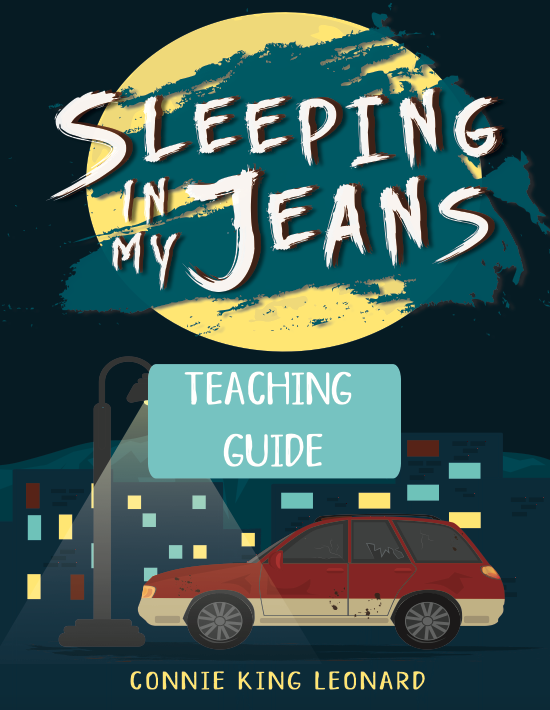How Do We Utilize Blurbs at Ooligan Press?
Some blurbs that we receive will end up on the front or back cover of our book. However, this will depend on many factors, including but not limited to the length of the blurb, the length of the other front or back cover copy, how much space the book cover design allocates for a blurb, how many blurbs we receive, and the print deadline.



